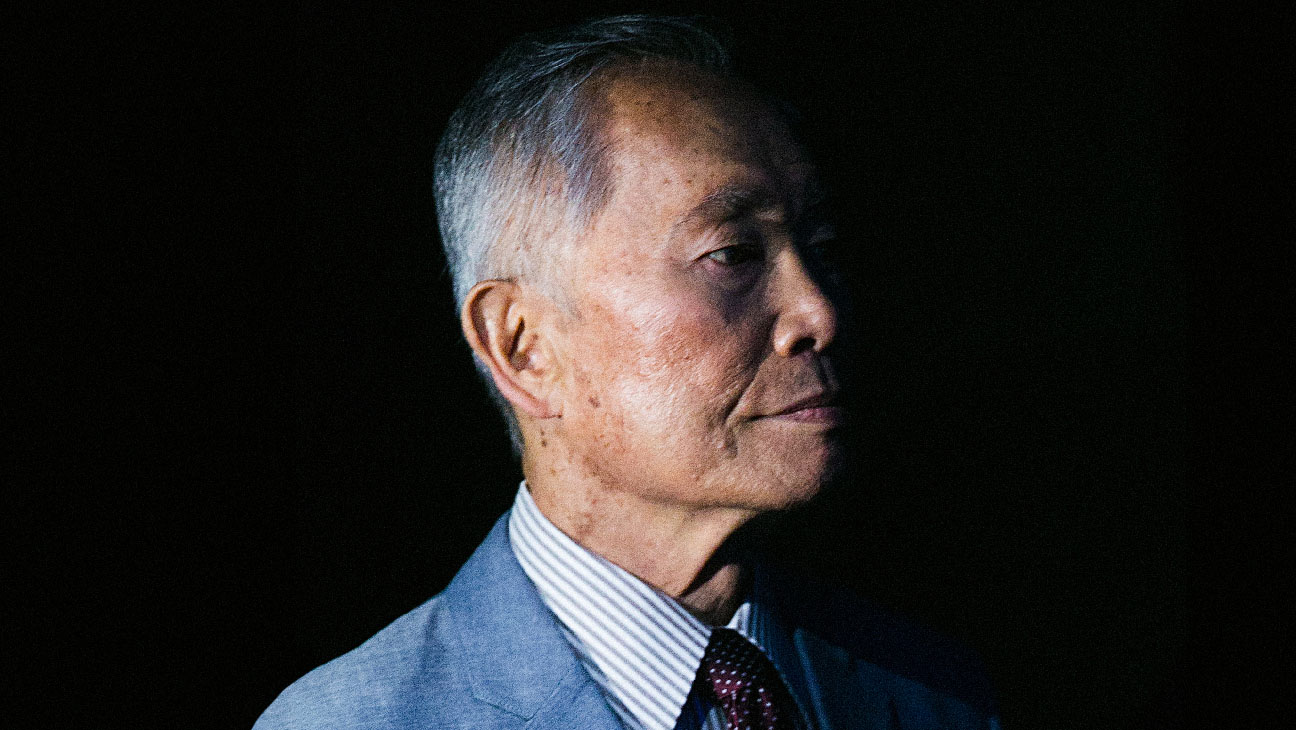Robin Williams faced a challenging time in the period leading up to his passing, grappling with paranoia and cognitive decline that affected his ability to perform on set, all due to an aggressive form of Lewy body dementia, as diagnosed by medical professionals.
During this trying period, Susan Schneider Williams, Robin’s widow, penned a heartfelt piece in the journal Neurology shedding light on the turmoil they endured.
Titled “The terrorist inside my husband’s brain,” the article delved into the harrowing journey they faced together.
In her poignant editorial, Susan aimed to provide insight to neurologists, urging them to gain a deeper understanding of their patients and their caregivers through Robin’s story.
She emphasized the importance of empathy and support in dealing with such complex neurological conditions.
Attributing her husband’s tragic suicide in 2014 to Lewy body dementia, Susan highlighted the prevalence of this condition affecting around 1.3 million Americans, stemming from abnormal protein accumulation in the brain.
Despite being initially diagnosed with Parkinson’s disease, it was only posthumously revealed that Robin also battled Lewy body dementia.
The narrative detailed Robin’s struggle to comprehend a myriad of symptoms, starting innocuously with sleep disturbances and gastrointestinal issues, escalating to severe anxiety, motor impairments, and cognitive challenges.
Susan vividly depicted the anguish of witnessing her husband’s mental deterioration, feeling powerless to alleviate his suffering.
In a relentless pursuit of answers, Robin embarked on a relentless quest for solutions, undergoing various medical procedures, experimenting with medications, engaging in physical activities, and exploring holistic treatments like self-hypnosis and yoga.
His fervent desire to “reboot” his brain epitomized his desperation for respite from the encroaching chaos within his mind.
Despite their concerted efforts, the couple encountered numerous setbacks, with Robin’s condition deteriorating rapidly.
Susan recounted pivotal moments, such as a distressing incident during the filming of “Night at the Museum 3,” where Robin struggled to recall his lines, a stark contrast to his prior theatrical successes.
The emotional rollercoaster of witnessing Robin’s intermittent lucidity interspersed with profound confusion took a toll on Susan, underscoring the heartbreaking reality of his cognitive decline.
She underscored the futility of attempting to restore his brilliance amidst the neural turmoil consuming him.
Following Robin’s tragic demise, Susan engaged in extensive consultations with medical experts to unravel the complexities of his condition.
The severity of Robin’s neuropathology left a lasting impact on the physicians involved, illustrating the profound nature of his illness.
Reflecting on their tumultuous journey, Susan expressed skepticism regarding the potential benefits of an early diagnosis, questioning whether it would have alleviated Robin’s suffering or merely subjected him to experimental treatments.
Her involvement with the American Brain Foundation signifies a commitment to furthering research on neurological disorders in honor of Robin’s legacy.
In closing, Susan urged healthcare professionals not to lose hope and to channel Robin’s ordeal into meaningful advancements in neurology.
Through sharing their ordeal, she aspired to inspire transformative initiatives that could potentially benefit individuals grappling with similar challenges.
(Source: Republished with permission from STAT, originally published on September 29, 2016)


